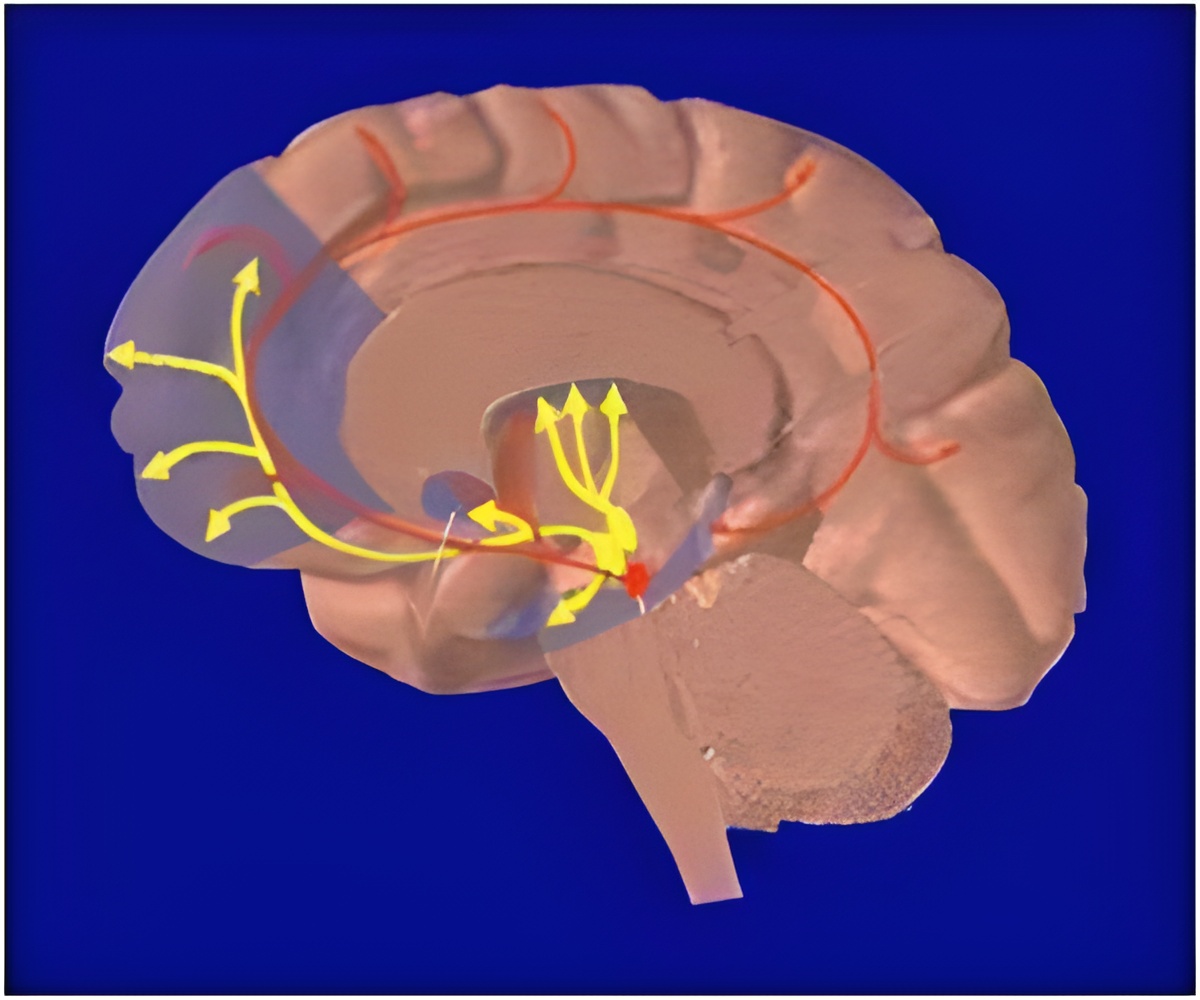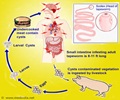A team of American scientists claims that it has taken a step towards developing 3D brain-like tissue that can live for more than two months.

The tissue was manufactured from two biomaterials: "a spongy scaffold made out of silk protein and a softer, collagen-based gel," said the study.
Researchers took neurons from rats and anchored them onto the scaffold, and the gel encouraged growth.
While previous researchers have succeeded in making cultures made of collagen or hydrogel alone, this tissue was different because it lived longer and showed mechanical properties that were similar to real brain tissue.
"You can essentially track the tissue response to traumatic brain injury in real time," said senior author David Kaplan, chair of biomedical engineering at Tufts School of Engineering.
"Most importantly, you can also start to track repair and what happens over longer periods of time."
Advertisement
The neurons showed changes in their electrical and chemical activity, similar to what researchers have previously observed in animal studies of traumatic brain injury.
Advertisement
They also documented "transient electrical hyperactivity consistent with post-trauma responses observed in vivo," according to the study.
A key advantage of the new tissue is its capacity to live up to nine weeks, much longer than previous forms of brain-like lab tissue.
"The fact that we can maintain this tissue for months in the lab means we can start to look at neurological diseases in ways that you can't otherwise because you need long timeframes to study some of the key brain diseases," said Kaplan.
The study was funded by the National Institute of Biomedical Imaging and Bioengineering.
Source-AFP














